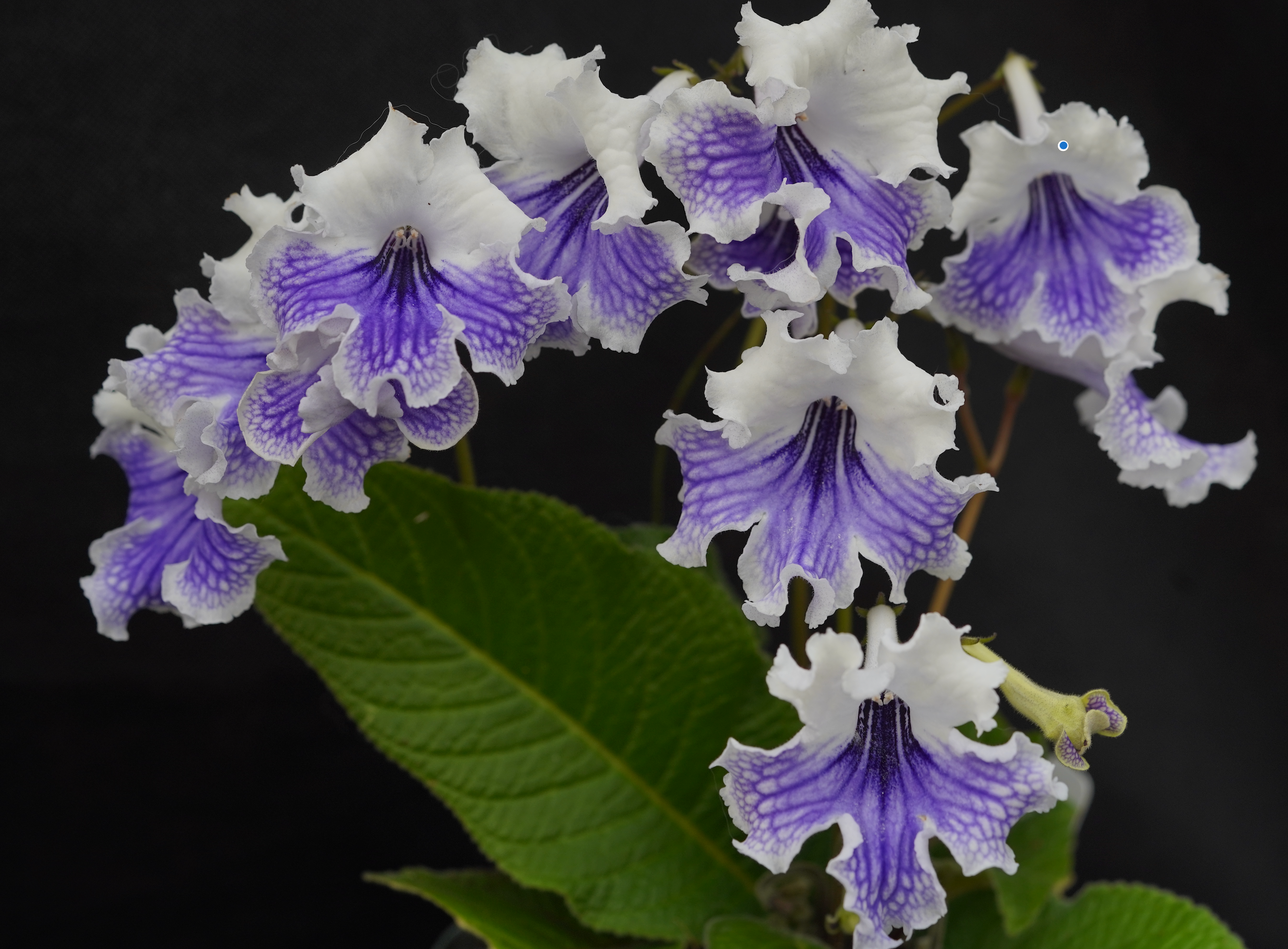Streptocarpus, commonly known as Cape Primrose, is a beautiful flowering plant that can add vibrant color to any indoor garden. These plants are known for their stunning flowers and relatively easy care requirements, making them a favorite among plant enthusiasts. In this blog, we'll cover everything you need to know to keep your Streptocarpus healthy and thriving.
1. Understanding Streptocarpus
Streptocarpus is a genus of flowering plants native to Africa and Madagascar. They are popular for their tubular flowers and attractive foliage. Streptocarpus species can be found in a variety of colors, including purple, pink, white, and red. They are typically grown as indoor plants and can bloom multiple times throughout the year with proper care.
2. Light Requirements
Streptocarpus plants thrive in bright, indirect light. They prefer to be placed near a window where they can receive filtered sunlight. Avoid direct sunlight as it can scorch the leaves. If you don't have a suitable window, consider using artificial grow lights to provide the necessary light levels.
3. Watering
Proper watering is crucial for the health of your Streptocarpus. These plants prefer to be kept evenly moist but not waterlogged. Here are some tips for watering:
- Water when the top inch of the soil feels dry to the touch.
- Use room-temperature water to avoid shocking the roots.
- Water the soil directly and avoid getting the leaves wet, as this can lead to fungal issues.
- Ensure the pot has drainage holes to prevent water from sitting at the bottom.
4. Humidity and Temperature
Streptocarpus plants prefer moderate humidity levels. Aim for a humidity level of around 50-60%. If your home is dry, you can increase humidity by:
- Using a humidity tray or pebble tray.
- Grouping plants together to create a microenvironment.
- Using a humidifier in the room.
Temperature-wise, Streptocarpus plants do best in a range of 60-75°F (15-24°C). They are sensitive to temperature fluctuations, so keep them away from drafts and heating vents.
5. Soil and Fertilization
A well-draining soil mix is essential for Streptocarpus. A mix designed for African violets works well, or you can create your own by combining equal parts of peat moss, perlite, and vermiculite.
Fertilize your Streptocarpus during the growing season (spring and summer) with a balanced, water-soluble fertilizer diluted to half strength. Fertilize every 2-4 weeks to encourage healthy growth and blooming. Avoid fertilizing during the winter when the plant's growth slows down.
6. Pruning and Repotting
Prune your Streptocarpus regularly to remove dead or yellowing leaves and spent flowers. This will help keep the plant tidy and encourage new growth.
Repotting is typically necessary every 1-2 years or when the plant becomes root-bound. Choose a pot that is one size larger than the current one and refresh the soil to provide new nutrients.
7. Common Problems and Solutions
- Yellowing leaves: This can be caused by overwatering or poor drainage. Adjust your watering schedule and ensure the pot has adequate drainage.
- Wilting: Wilting can result from underwatering or exposure to cold drafts. Check the soil moisture and adjust the plant's location if needed.
- Lack of flowers: If your Streptocarpus is not blooming, it may not be getting enough light. Move it to a brighter location or supplement with grow lights.
Conclusion
With the right care, Streptocarpus can be a rewarding and beautiful addition to your indoor garden. By providing proper light, watering, humidity, and fertilization, you can enjoy the stunning flowers of this plant year-round. Happy gardening!

